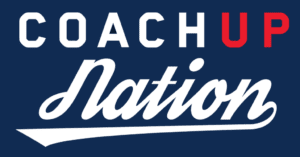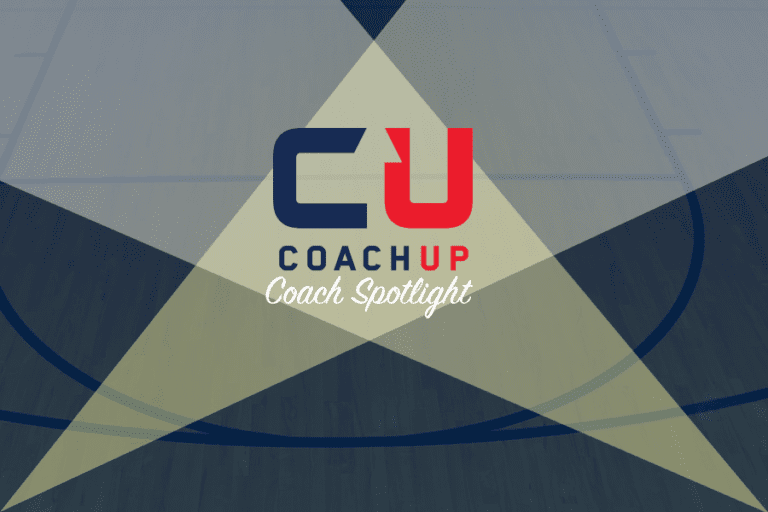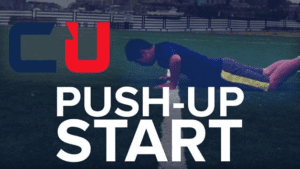Coach Spotlight Series: Danny Guadagnoli on Running Clinics with CoachUp
Transcription provided by Grayson Williams-Krebs
This week’s CoachUp Spotlight features Coach Danny Guadagnoli sharing some of his experiences on running clinics through our platform this year. Over time, Danny has compiled helpful information for coaches on the benefits of a clinic, how they can be combined with one-on-one sessions, and best practices for marketing and then promoting them. If you currently run a camp or clinic or are potentially interested in running one, email camps@coachup.com for more information. If you want to check out some examples of some of the top clinics we’ve managed already, go here.
CoachUp: Before you worked at CoachUp, what was your experience with any kind of camp or clinic coaching?
Danny Guadagnoli: Basically, I just waited until the summertime as that’s when everybody is out of school and looking to improve. Throughout high school and college, however, I honed my craft by doing a little volunteering here and there. Additionally, I had a youth clinic that I coached at most summers, but that’s pretty much it. I had some opportunities where I could work with athletes one-on-one, but I was never formally a coach until my wonderful experience with CoachUp.
CU: Awesome — I’m glad we’ve been able to help! What are the benefits of running the clinic through CoachUp versus doing it all on your own?
DG: Well, the main benefits are the ease of communication, marketing at your fingertips, and having the added insurance component. At the end of the day, those are things that are very difficult to maintain or find if you’re working another job. To run a successful clinic, not only do you have to get people there, but you need to do it in a safe way as well.
For me, CoachUp provides all of that and more. Another benefit is seeing your athletes come together under a shared goal: to get better. You really do feel like you’re making a difference and that means everything to me. Doing all that on your own without CoachUp behind you is very difficult to organize. Ultimately, I think I’d have been relegated to the Framingham market otherwise — but now I can help athletes from all over Massachusetts.
CU: What are some things that you can do in clinics that you can’t do in private lessons? And how do the two compliment each other?
DG: Clinics are definitely at a lower cost to the athlete. I mean, for private sessions, coaches are charging over $50 an hour. When you do a clinic for about $25, then you’ll get more people to come and see the value in it — hopefully circling back around to private lessons as the end goal.
Even when you don’t get to that point, you’re still making earning more bang for your buck as both a coach or an athlete. As a coach, you’re there for an hour or so, and it may be a little longer than a private session, but most of the pressure is off. For coaches like myself, those also working full-time jobs, it is difficult to do things on work nights, so having the opportunity to do something on the weekend for 10-20 athletes is a perfect situation.
CU: What are some of the clinic drills that you can do in a large environment that you wouldn’t be able to do during a private session?
DG: A private session is treated like a portion of a greater practice. If you run a college football practice, there is a portion that focuses on individual skill work. That is really all you can do, focus on the individual skill work. Ultimately, the clinic simulates a game more so than a one-on-one session. I could stand there and throw to my friend for an hour, but I don’t have a defense in front of me and receivers running routes, so I’m really not getting the experience of the game.
At a clinic, we try to work both individualized attention and group atmospheres in. To start, we break up into individual position groups — I take the quarterbacks. My colleague, Coach Greg, takes the receivers, running backs, tight ends, and cornerbacks to work on cutting, ball-catching, and any drills that apply to those specific groups.
Then the goal is to get back together and apply the skills we just practiced but now in a group format. If the receivers worked on certain routes and the quarterbacks were practicing the three-step drop — then, naturally, the receivers will practice running that route while the quarterbacks focus on hitting them while utilizing the corresponding footwork. Once you’ve practiced, getting the opportunity to see your hard work in action, that’s what makes it fun.
CU: Finally, how are you marketing what you are doing in those sessions?
DG: For me, marketing is paramount — but it’s also something I struggle with. I think word of mouth is huge, but seasonality can be an issue too. However, I think that these connections that you form with the athletes and parents in your area is the ultimate game-changer. If you do a great job coaching, these will be the people that can market and fill out your camps for you.
You can send out as many emails or set up as many Facebook posts as you want, but you have to have someone who has an invested interest in the youth football program in your town to help — that is where your attraction will come from.
Thanks Danny! For any coaches who are interested in running their camp or clinic through CoachUp, send us an email at camps@coachup.com.
How useful was this post?
Click on a star to rate it!
Average rating 0 / 5. Vote count: 0
No votes so far! Be the first to rate this post.




